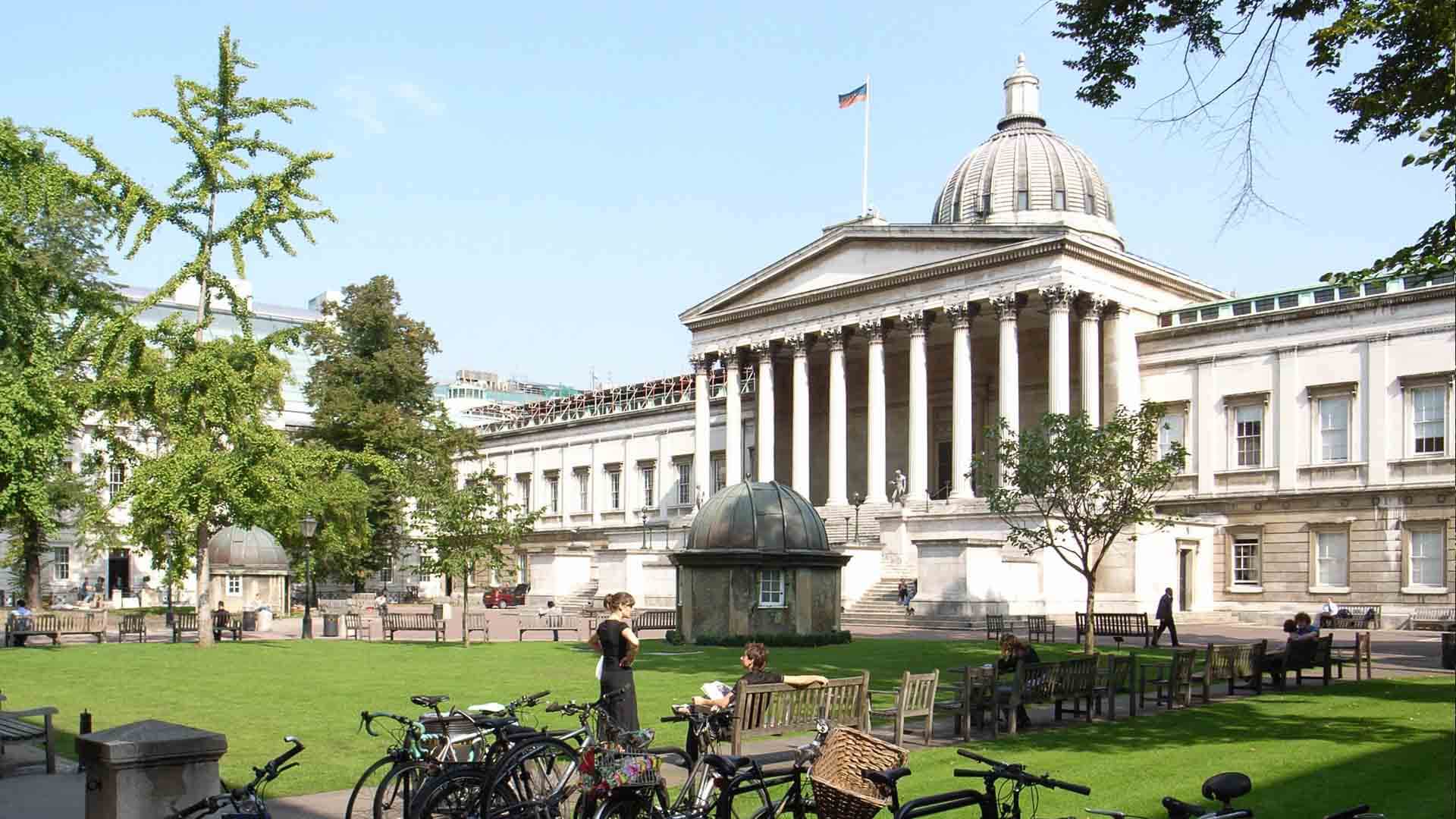
A Legacy Unrivaled: Exploring the Storied History of the UEFA Champions League
The roar of the crowd, the iconic anthem, the dazzling display of skill under the floodlights – the UEFA Champions League is more than just a football tournament; it is a global phenomenon, the pinnacle of European club football, and a stage where legends are forged and dreams are realized. From its humble beginnings as the European Champion Clubs’ Cup to its current status as a commercial behemoth, the Champions League has a rich, complex, and utterly captivating history. This article delves into the transformative journey of this illustrious competition, exploring its evolution, iconic moments, dominant eras, and enduring impact on the beautiful game.
The Genesis: European Champion Clubs’ Cup (1955-1992)
The idea for a pan-European club competition was first conceived in the mid-1950s. Gabriel Hanot, a French sports journalist for L’Equipe, championed the concept, envisioning a tournament that would pit the champions of Europe’s top leagues against each other, transcending national borders. Despite initial skepticism from FIFA, UEFA, the newly formed European football governing body, embraced the idea, and the European Champion Clubs’ Cup (commonly known as the European Cup) was born in 1955.
The inaugural competition in the 1955-56 season set the stage for a dynasty that would define its early years. Real Madrid, spearheaded by the legendary Alfredo Di Stéfano, Ferenc Puskás, and Francisco Gento, asserted their dominance immediately, winning the first five editions consecutively (1956-1960). This unparalleled feat established Real Madrid as the competition’s first true superpower and laid the foundation for its mythical status. Their thrilling, high-scoring victories, particularly the 7-3 final against Eintracht Frankfurt in 1960, captivated audiences and showcased the potential of European club football.
The 1960s saw the emergence of new contenders. Benfica, led by the prolific Eusébio, broke Real Madrid’s stranglehold, winning in 1961 and 1962. Inter Milan, under the tactical genius of Helenio Herrera and his "Catenaccio" system, brought a more defensive, yet devastatingly effective, style to the forefront, securing back-to-back titles in 1964 and 1965. Manchester United, rising from the ashes of the Munich Air Disaster, achieved an emotional victory in 1968, becoming the first English club to lift the trophy, with Sir Matt Busby and Bobby Charlton at its heart.
The 1970s belonged to two distinct powerhouses: Ajax and Bayern Munich. Ajax, with their revolutionary "Total Football" philosophy orchestrated by Johan Cruyff, clinched a hat-trick of titles from 1971 to 1973, forever changing tactical approaches to the game. Bayern Munich, featuring Franz Beckenbauer, Gerd Müller, and Sepp Maier, then followed suit with three consecutive wins from 1974 to 1976, cementing Germany’s place among Europe’s elite.
The late 70s and early 80s witnessed an era of English dominance, with Liverpool, Nottingham Forest (under Brian Clough’s remarkable leadership), and Aston Villa all adding their names to the prestigious roll of honour. Liverpool, in particular, established themselves as a formidable force, winning four titles between 1977 and 1984, showcasing a relentless, attacking style. However, the tragedy of the Heysel Stadium disaster in 1985, which led to a five-year ban for English clubs, cast a dark shadow over the competition and temporarily halted their supremacy.
The final years of the European Cup era saw teams like Steaua București (1986) and PSV Eindhoven (1988) triumph, highlighting the unpredictable nature of the pure knockout format. AC Milan, under Arrigo Sacchi, with their Dutch trio of Marco van Basten, Ruud Gullit, and Frank Rijkaard, concluded this chapter with back-to-back victories in 1989 and 1990, showcasing a blend of tactical brilliance and attacking flair that prefigured the modern game.
The Rebranding Revolution: Birth of the Champions League (1992-Present)
By the early 1990s, the European Cup, while prestigious, was seen as somewhat antiquated in an increasingly commercialized football landscape. UEFA recognized the need for a radical overhaul to increase revenue, broaden its appeal, and adapt to the burgeoning satellite television market. In 1992, the European Champion Clubs’ Cup was rebranded as the UEFA Champions League.
This transformation was not merely cosmetic. The most significant change was the introduction of a group stage, followed by knockout rounds. This meant more matches, guaranteed revenue for participating clubs, and a more consistent exposure for top teams. The iconic star-ball logo and the rousing anthem became synonymous with elite football, elevating the competition’s brand identity to unprecedented levels.
The inaugural Champions League season in 1992-93 saw Olympique Marseille lift the trophy, but their triumph was later marred by a match-fixing scandal. The following years witnessed the continued success of traditional powerhouses alongside the rise of new contenders. AC Milan, under Fabio Capello, dominated the mid-90s, notably thrashing Barcelona’s "Dream Team" 4-0 in the 1994 final. Ajax, with a young squad including Patrick Kluivert, Clarence Seedorf, and Edgar Davids, defied expectations to win in 1995.
The late 1990s and early 2000s ushered in an era of diverse winners. Borussia Dortmund (1997) and Real Madrid (1998, ending a 32-year wait for "La Séptima") showcased their prowess. The 1999 final, famously dubbed the "Miracle of Camp Nou," saw Manchester United score two injury-time goals against Bayern Munich to complete an unprecedented treble (Premier League, FA Cup, Champions League). This dramatic victory epitomized the new Champions League’s capacity for unforgettable drama.
Dynasties and Dominators of the Modern Era
The 21st century has been defined by the emergence of new dynasties and a relentless pursuit of excellence, pushing the boundaries of tactical innovation and individual brilliance.
Real Madrid’s Galácticos and Unprecedented Three-Peat: After their 1998 triumph, Real Madrid continued their love affair with the competition, winning in 2000 and 2002 with their "Galácticos" policy bringing together superstars like Zinedine Zidane, Luís Figo, and Raúl. However, their most remarkable period came in the mid-2010s. Under manager Zinedine Zidane and spearheaded by Cristiano Ronaldo, Real Madrid achieved an unprecedented feat, winning three consecutive Champions League titles from 2016 to 2018. This modern dynasty, blending superstar talent with tactical adaptability and mental fortitude, cemented their status as the undisputed kings of Europe, reaching a record 14 titles.
Barcelona’s Tiki-Taka Hegemony: Rivaling Real Madrid’s dominance, FC Barcelona, particularly under Pep Guardiola, revolutionized football with their "tiki-taka" style of play. Led by the generational talent of Lionel Messi, along with Xavi and Andrés Iniesta, Barcelona delivered masterclasses in possession-based football, winning the Champions League in 2006, 2009, 2011, and 2015. Their 2009 triumph saw them complete a historic sextuple, winning every competition they entered that year.
Bayern Munich’s Consistent Prowess: Bayern Munich remained a consistent force, reaching multiple finals and securing titles in 2001, 2013 (completing a treble), and 2020 (an unbeaten run in a pandemic-affected season). Their blend of German efficiency, tactical discipline, and powerful attacking play has kept them at the summit of European football.
Liverpool’s Resurgence: After the iconic "Miracle of Istanbul" in 2005, where they came back from 3-0 down against AC Milan to win on penalties, Liverpool re-established themselves as a top European club under Jürgen Klopp. Their high-intensity "Gegenpressing" style led them to victory in 2019, securing their sixth European title.
Other notable winners in the modern era include Chelsea (2012, 2021), Inter Milan (2010), and Manchester City (2023), each adding their own chapter to the competition’s rich tapestry.
Iconic Moments and Unforgettable Encounters
The Champions League is a theatre of dreams, consistently delivering moments that transcend the sport itself:
- Manchester United vs. Bayern Munich (1999 Final): The ultimate comeback, two goals in injury time to snatch the trophy.
- Liverpool vs. AC Milan (2005 Final): The "Miracle of Istanbul," a comeback from 3-0 down at halftime.
- Lionel Messi’s Dribbles: Countless moments of individual brilliance, notably against Real Madrid in 2011 or Bayern Munich in 2015.
- Cristiano Ronaldo’s Overhead Kick (2018 vs. Juventus): A moment of pure athleticism and artistry that even earned applause from the opposition fans.
- Real Madrid’s "La Décima" (2014 Final): Sergio Ramos’s injury-time equalizer against Atlético Madrid, paving the way for extra-time glory.
- Ajax’s Youthful Exuberance (2018-19 Semi-Final Run): A fairy-tale run that captured hearts before a dramatic last-minute defeat.
- Barcelona’s "La Remontada" (2017 vs. PSG): Overturning a 4-0 first-leg deficit with a stunning 6-1 victory at Camp Nou.
These moments, fueled by passion, skill, and sheer will, are etched into the annals of football history, defining the Champions League’s unparalleled appeal.
Beyond the Pitch: Commercialization, Global Reach, and Challenges
The transformation from the European Cup to the Champions League was driven by a desire for increased commercial viability, and it has undeniably succeeded. The competition generates billions in revenue through television rights, sponsorships, and prize money, making it one of the wealthiest sporting events globally. Its brand recognition is immense, with the iconic anthem recognizable to football fans and even casual observers worldwide.
The Champions League has also become a powerful symbol of globalism in football. Players from every continent converge in Europe’s top leagues, all aspiring to lift the coveted trophy. The tournament is broadcast in virtually every country, captivating billions of viewers and fostering a shared passion for the beautiful game across cultures.
However, this commercial success has not been without its challenges. The ever-increasing financial gap between the elite clubs and smaller leagues has been a persistent concern, leading to fears of an increasingly predictable competition. The controversial attempts to form a European Super League in 2021, spearheaded by some of the continent’s biggest clubs, represented a significant threat to the Champions League’s established structure and the principle of sporting merit, ultimately failing due to widespread opposition from fans, players, and governing bodies. Financial Fair Play regulations have been introduced to curb excessive spending, though their effectiveness remains a subject of debate.
Conclusion
From its visionary inception by Gabriel Hanot to its current status as a global sporting spectacle, the UEFA Champions League has traversed an extraordinary path. It has witnessed the birth of dynasties, the triumph of tactical innovation, the heartbreak of defeat, and the euphoria of victory. It is a testament to the enduring appeal of club football at its absolute finest, a stage where history is made with every whistle.
As the competition continues to evolve, adapting to new challenges and embracing future opportunities, one thing remains certain: the UEFA Champions League will continue to captivate, inspire, and etch indelible memories into the hearts of football fans for generations to come. It is, and forever will be, the ultimate test of European club supremacy, a legacy unrivaled.


